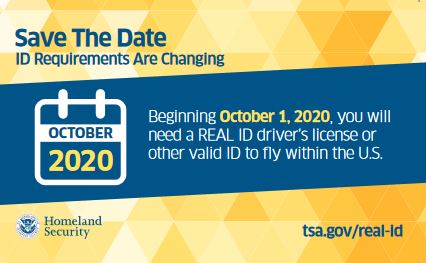This Sunday, Super Bowl LIV returns to South Florida for a record 11th time. The game will kick off at approximately 6:30 p.m. ET at the Hard Rock Stadium, Miami Gardens. This year’s contenders are the San Francisco 49ers who haven’t won in 25 years vs the Kansas City Chiefs, who haven’t won in 50 years – so it should be a great game with a lot of fan excitement and passion on both sides. We’ve got some ideas for your Super Bowl party ranging from party foods to guest safety … and a few fun odds and ends.
Here’s a pre-game preview:
To follow before, during and after the game on Social Media:
- Twitter – Super Bowl LIV
- Miami Super Bowl LIV – Official Twitter of the Miami Super Bowl Host Committee
- Super Bowl LIV on Facebook
Party Snacks: If you’re are planning a party but haven’t set your menu yet, we have some ideas. Here’s a how-to on building a Super Bowl snack stadium, and here are 12 football-shaped foods. For a few other menu planning ideas, check out 80 touchdown-worthy party foods and Big Game Bash party recipes.
Party Safety: If you are attending a party, make sure you have a designated driver or alternate transportation planned in advance. Keep an eye on your friends and don’t let them drive under the influence either. If you are the host, you need to plan for more than just the menu – it’s important to look after guest safety to avoid any host liability. The Insurance Information Institute explains:
Social host liability, also known as “Dram Shop Liability” laws vary widely from state to state, but 43 states have them on the books. Most of these laws also offer an injured person, such as the victim of a drunk driver, a method to sue the person who served the alcohol. There are circumstances under these laws where criminal charges may also apply.
Here are some hosting safety tips:
- Make sure all of your guests designate their sober drivers in advance, or help arrange alternate transportation.
- Serve lots of food and include lots of non-alcoholic beverages at the party.
- Stop serving alcohol at the end of the third quarter of the game and begin serving coffee and dessert.
- Keep the numbers for local cab companies handy, and take the keys away from anyone who has had too much to drink.
It’s a little late for this year’s Super Bowl, but if you are a homeowner who likes to host parties, you might want to talk to your independent insurance agent about umbrella liability insurance, which increases your protection.
Something for everyone
If you’re into the Super Bowl more for the party and less for the sport, you might find Puppy Bowl 2020 more to your style. Meet the stars Puppy Bowl stars and starting lineup. See the preview below.
Some people are only it for the halftime show or the ads. Here’s everything you need to know about the halftime show, featuring Jennifer Lopez and Shakira. NBC sports has an overview of Super Bowl ads including the cost of the ads and spots to watch or preview: Check out the Super Bowl Commercials for 2020.
Every year, we also wait for the hilarious annual posting of the NFL Bad Lip Reading – it’s usually posted sometime near the Super Bowl. As of this today, it isn’t up yet, but here’s the 2019 version to get you in the mood.
Reprinted from Renaissance Alliance – no usage without permission.








